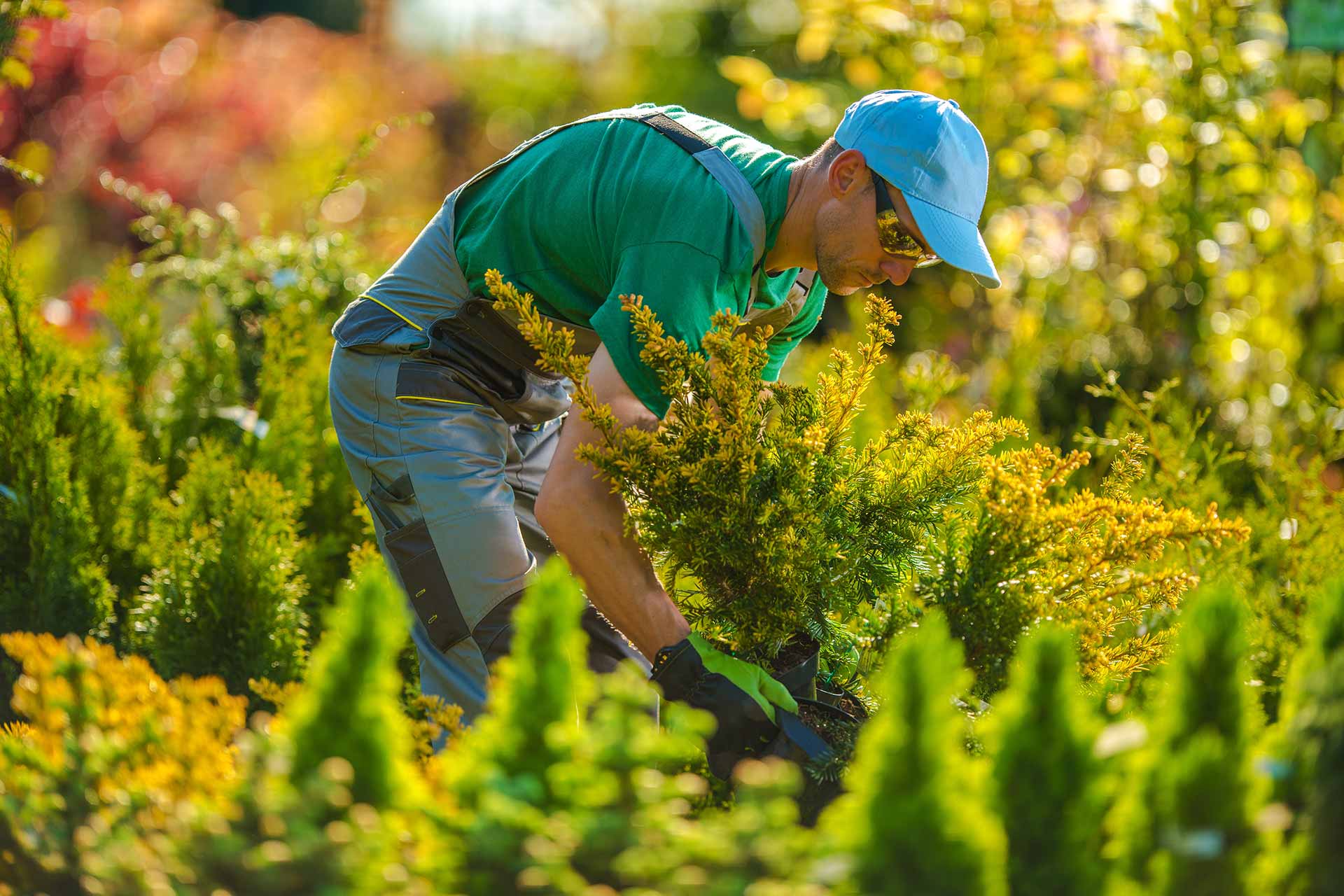
Call Us Anytime
0761-8523-398
Homepage > Services
Services detail
Book your appointment now
Feel free to call
0761-8523-398
Garden Design & Planning
Landscaping and gardening go hand in hand to create stunning outdoor spaces that delight the senses and soothe the soul. Whether you’re a seasoned gardener or just starting out, there’s always something new to learn and explore in the world of horticulture. From designing intricate garden layouts to nurturing delicate blooms, the possibilities are endless when it comes to crafting your own piece of paradise. With a bit of creativity and dedication, you can transform even the most modest yard into a lush and vibrant oasis that reflects your personal style and preferences.

One of the key elements of successful landscaping and gardening is careful planning and design. Before getting your hands dirty, take the time to sketch out your ideas and envision how you want your outdoor space to look and feel. Consider factors such as sunlight exposure, soil quality, and existing plantings to create a cohesive and harmonious design scheme. Incorporating elements like pathways, water features, and focal points can add visual interest and create a sense of flow throughout your garden.
what we do ?
Once you have a solid design plan in place, it’s time to start selecting plants and materials for your garden. Choose plants that are well-suited to your climate and soil conditions, and consider incorporating a mix of annuals, perennials, and shrubs to create layers of texture and color.
Don’t forget to include native species to attract pollinators and support local wildlife. When it comes to hardscape materials, opt for durable and sustainable options that will stand the test of time and complement your overall design aesthetic.
Frequently Asked Questions
Proper plant care is essential for maintaining a healthy and thriving garden. Be sure to water your plants regularly, taking care to avoid overwatering or underwatering. Mulching can help retain moisture and suppress weeds, while regular pruning and deadheading will promote healthy growth and flowering.
Low-maintenance landscaping options include planting native species adapted to your climate, incorporating drought-tolerant plants, installing mulch to suppress weeds and retain moisture, and using perennial plants that require minimal care once established.
To attract pollinators such as bees and butterflies, plant a variety of flowering plants rich in nectar and pollen. Choose native plant species, provide a continuous bloom throughout the seasons, and avoid using pesticides that may harm pollinators. Creating habitat features like water sources and sheltered areas can also enhance pollinator activity.
Eco-friendly landscaping practices include conserving water through efficient irrigation systems and drought-tolerant plants, reducing pesticide and fertilizer use, composting organic materials, using permeable paving materials to reduce runoff, and planting native species to support local biodiversity.
Improving soil quality can be achieved through various methods such as adding organic matter like compost, aged manure, or leaf mulch to enrich soil fertility and structure. Soil testing can help determine nutrient deficiencies and pH levels, allowing for targeted soil amendments. Additionally, practicing minimal tillage and avoiding compaction can promote healthy soil biology.
To prepare your garden for winter, start by cleaning up debris, removing spent annuals, and cutting back perennial plants. Mulch garden beds to insulate plant roots and prevent soil erosion. Protect tender plants from frost damage by covering them with frost blankets or bringing them indoors. Drain and store garden hoses, and winterize irrigation systems to prevent freezing and damage.